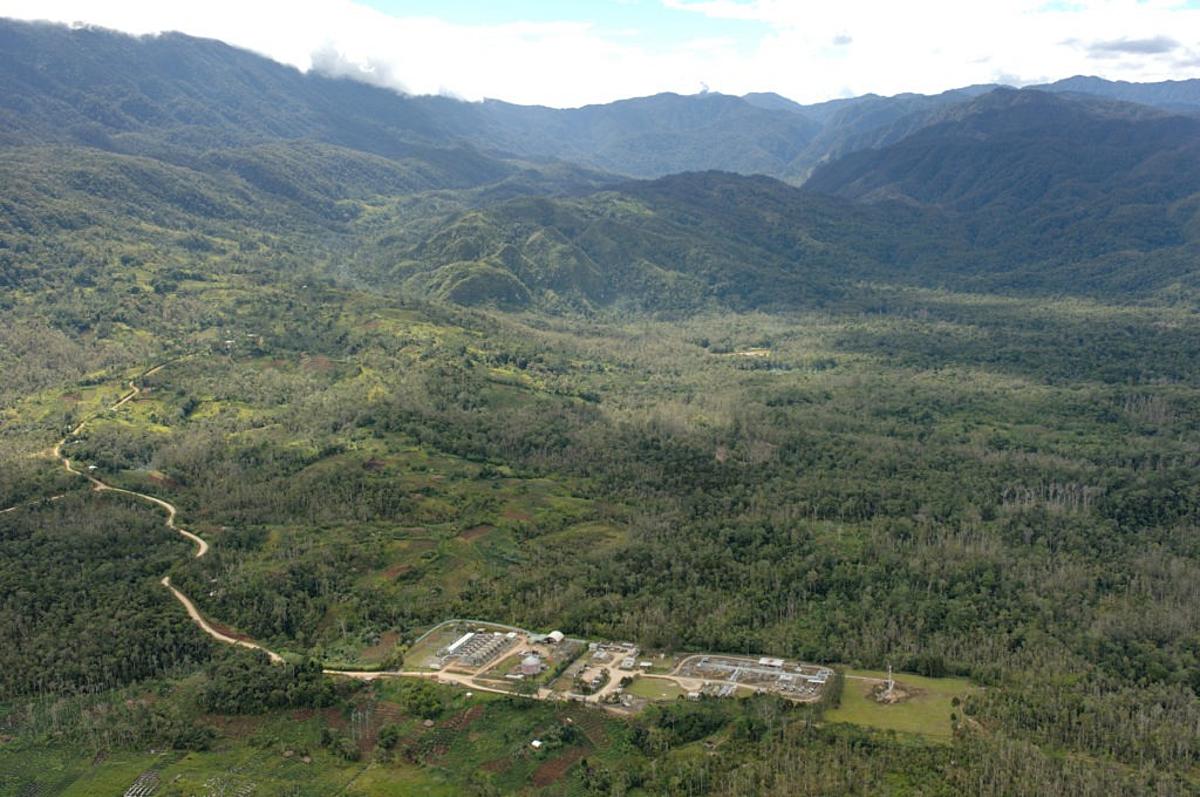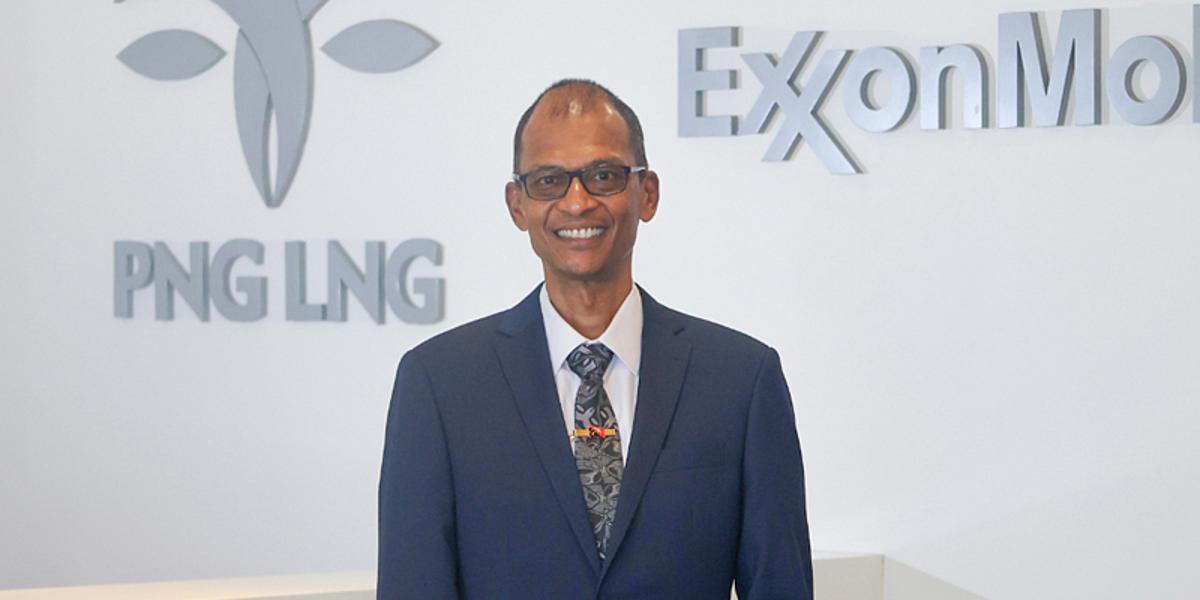By Independent Power Producers of Papua New Guinea Industry Group
Power generation and transmission in small island developing states (SIDS) is typically more expensive and challenging than in larger economies. That is a reality faced by Papua New Guinea (PNG), yet often misunderstood or ignored.
There are many challenges that island nations face in powering their economies with affordable, reliable, sustainable and accessible electricity. The issues that faces both the Independent Power Producers (IPPs) and the Utility revolves mostly around several key areas, including cost, scale, demand and reliability – as well as an increasing push for renewable energy.
For SIDS like PNG the pathway to develop reliable and affordable, and ultimately cheap, power is not forged overnight, it requires a collective effort by the Utility, the regulator, Government and Independent Power Producers to overcome systemic challenges and misconceptions.
Diversified Portfolio Grid-based electricity supply rarely has one single generation solution. There are different types of power generation options needed by a grid, each with dispatch at very different levels.
Baseload power runs all the time, so this type needs to have a low total cost. The cost of power to the Utility is usually agreed in a Power Purchase Agreement (PPA), which is typically structured in two parts: a capacity charge (fixed costs) paid by the Utility for the whole capacity contracted; and the dispatch cost (fuel charge), which is paid if and when the generator dispatches power to the grid.
Baseload power therefore generally requires a low combination of capacity charge and dispatch cost, but it also needs to fit the size of the baseload demand to minimise unused capacity charges which the Utility would still pay for in the capacity charge – making the overall cost higher.
Additional daytime power demand is usually high and varies throughout the day, so midday generation needs to be able to follow the load requirement of the ‘shoulder’ during the day when energy demand increases and then decreases.
Commonly there is also a short peak demand window in which generation needs to be able to quickly respond. The type of generation required during daytime variations needs to be sized for the variable and largely predictable daily demand shoulder and peak.
The best solution is usually determined by network forecast modelling with different supply options (technology type, PPA cost and size) in order to find the optimal cost and capacity solution. Reliable grids also require an appropriate level of fast response dispatchable sources as a backup supply.
With backup supply mostly on stand-by and only used for a small amount of the time, the backup generation needs to be the lowest possible capacity charge, while it can stand a high(er) dispatch charge – and for a reliable grid may rarely be dispatched.
As an example of such a diversified and distributed mix of generation is shown for an estimated weekday demand curve of PNG’s Ramu Grid in 2024 (see Figure 2). Having in place the correct distributed generation mix plays an important role in ensuring that power supply is reliable, secured and resilient to climatic changes.
It also provides the Utility with various low cost and flexible generators that that easily be dispatched on their economic merits.
Cost Versus Scale Versus Demand The cost of power is related to economies of scale. If the grid is large enough, it can deploy large projects to achieve these economies of scale. The larger the scale of the energy project, the cheaper the cost per megawatt (MW).
However, and this is where there is often a misconception, a cheap cost per MW for a large project requires the scale of the power generation (how many MW) to be matched to grid demand.
Oversizing a power plant to a large scale (e.g., a large 200 MW generation source) while demand is much lower (e.g., 90 MW) will not result in cheap power, as capacity charges are paid by customers for 200 MW, whether it is used or not.
The Utility will still be paying for capacity which is not being used (i.e., a high capacity charge) which effectively drives up the average cost of the energy dispatched and results in a high power price.
The size of contracted generation capacity therefore needs to anticipate and match grid demand. There is often a temptation to believe that demand will drive up scale and scale will drive down cost.
However, a realistic pace of household connection rollouts in PNG indicates that a need for another 100 MW of baseload supply will take a decade or longer. In the case of PNG, only an estimated 13% of the population has access to electricity and there is future latent demand, but only a small amount of current household demand as increased access will require a long-term connection program.
The power requirements for a million people connected in rural areas is only around 30-50 MW as the use of LED lighting, improvements in appliance efficiency, and a number of other factors, mean that household demand is not a large number and growth occurs relatively slowly.
A critical element in stimulating grid demand for commercial and business customers, who comprise the majority of demand on the Ramu Grid, is enhancing grid reliability through upgrading transmission and distribution infrastructure. In other words, generation is only one part of the power equation – adding more megawatts of generation than currently required rarely solves the cost-scale-demand issue.
Smaller grids can more cost effectively grow by deploying modular additions of 15 - 40 MW of power, which encourage new customers without burdening the system with the cost of too many unused MW.
Representative Benchmarks Another problem frequently causing confusion over the realistic cost of power generation in SIDS is the incorrect comparison made with power prices in large economies that have already achieved significant grid scale and cheaper electricity.
With no representative fleet of power station construction in the Pacific Islands region, many studies on “least cost power development” for PNG quote Asian construction cost and power cost figures as surrogate benchmarks.
However, these are not appropriate cost analogues and do not reflect the true cost of generation in small island economies where there is no established low-cost power plant construction or servicing capability, and power plant scale is smaller.
This problem is not unique to PNG, it is a shared challenge across the Pacific and Caribbean SIDS (Figure 3). It is unrealistic given PNG’s current level of construction capability, grid supply levels and demand for electricity (currently around 90 MW on the Ramu Grid) to achieve power prices like Thailand and Indonesia where grid demand and reliability is so much greater (over 40,000 MW in Thailand) – which enables those countries to have large energy projects that deliver cheap unit-cost electricity.
Benchmarking PNG’s power price on large Asian economies creates unrealistic expectations of the cost of power generation.
Demanding the low power price points of large economies overseas is not helpful in making power prices in SIDS more affordable – rather it will have the opposite effect and can deter potential investors who know that construction and operation costs in PNG are not the same as in OECD or large Asian economies.
Price expectations based on countries with a very different cost and market compared to SIDS often create unnecessary delays to existing project developers (driving costs further up). These unrealistic price expectations help to condemn island economies to default to what has long been their cheapest capital cost generation – in most cases heavy fuel oil and/or diesel.
These types of generation are the highest cost options for consumers
(when fuel is included) until infrastructure becomes more reliable and grid demand grows – unless renewables can be deployed at a lower cost.
The ongoing public debate in PNG centres around the cost of generation, leading to the misconception that the cost of generation is the primary influence in the overall cost of power.
However, generally the cost of generation, transmission and distribution are approximately one-third each of the total cost of power. While the cost of generation needs to be as low as reasonably possibly, there are other significant costs which contribute to the overall cost of power that need to be taken into consideration.
Incremental Growth To achieve lower power prices, SIDS need to invest incrementally in electricity infrastructure development that builds the country’s industrial base to grow future demand which in turn opens pathways for energy solutions that are larger scale and lower cost.
The reality is that PNG’s power sector cannot evolve overnight to immediately deliver the cheap cost for construction and provide the price point of large-scale overseas economies.
Right now, the country needs smaller projects matched to grid demand for incremental and distributed growth. These small incremental and distributed generation projects (up to 40 MW) are not going to be as cheap as the large-scale projects in Asia.
However, that does not mean they will be expensive, renewable options at the 15-40 MW scale can be deployed at a low cost.
Smaller scale distributed projects can provide a significant improvement in price below heavy fuel oil or diesel and do not burden the State with payments for large amounts of unused MW.
While demand grows gradually, these smaller projects will deliver affordable energy and put the country on the right path to future larger scale demand and ultimately the cheap solutions we now dream about.










